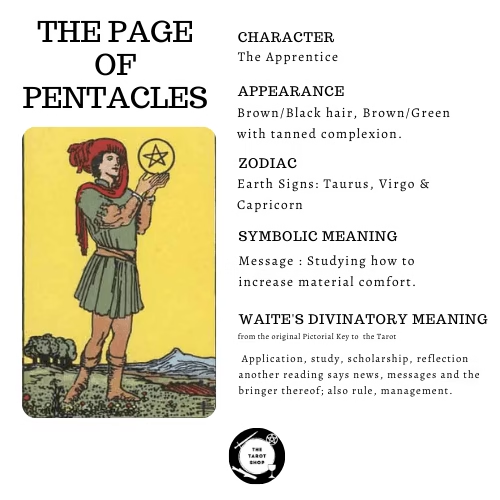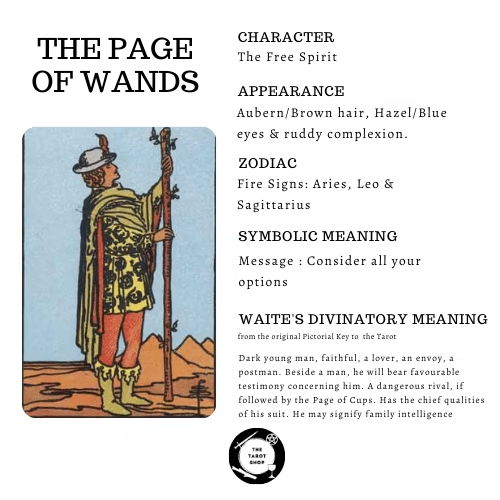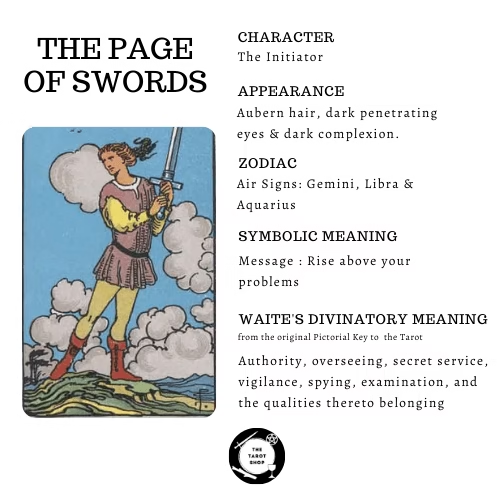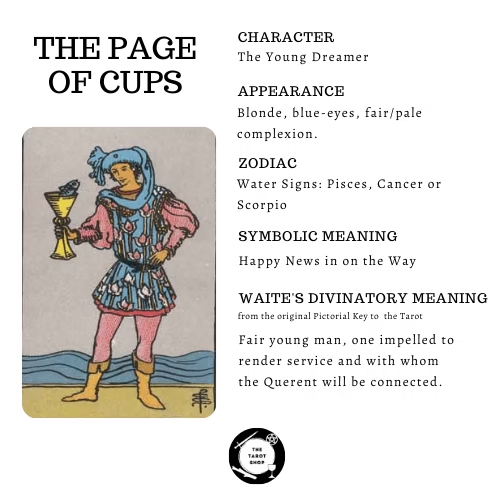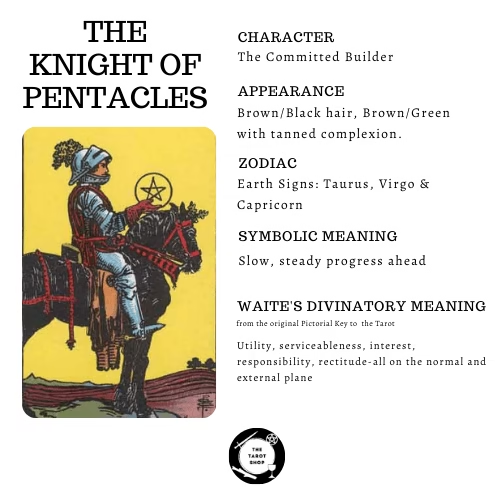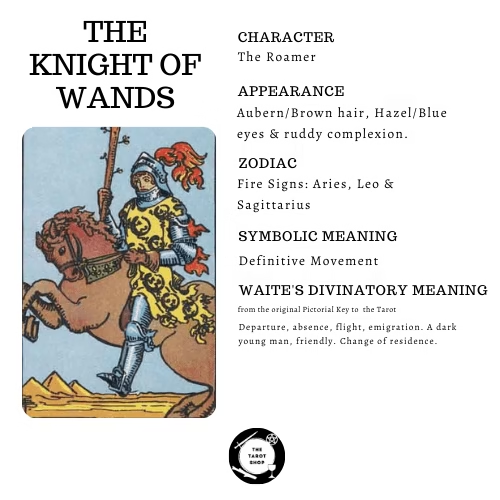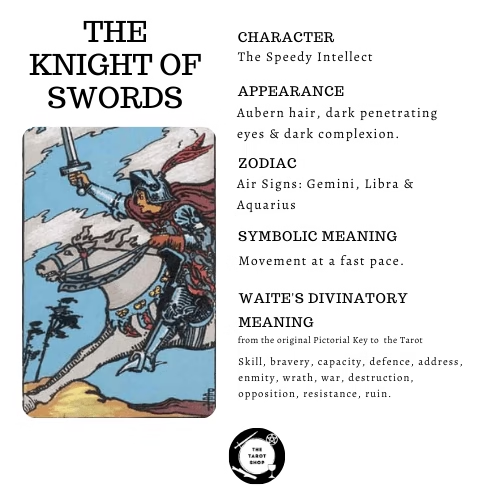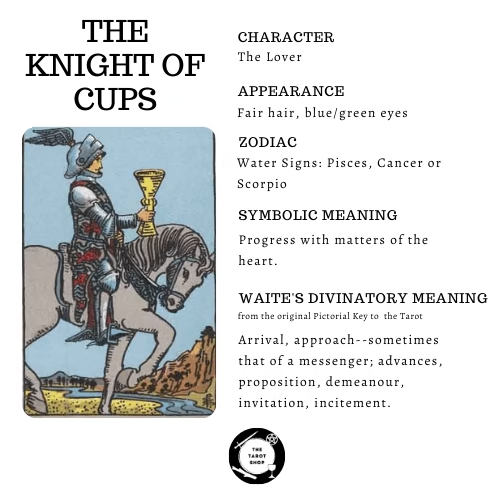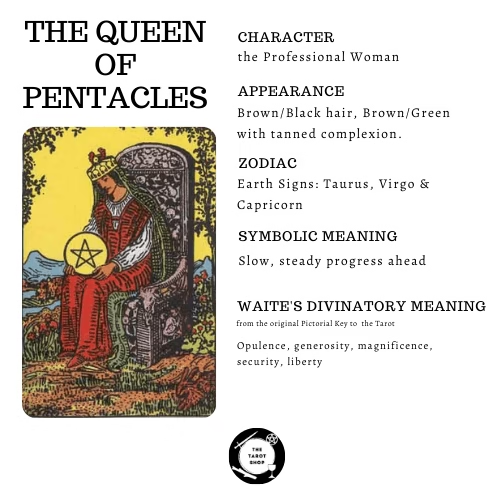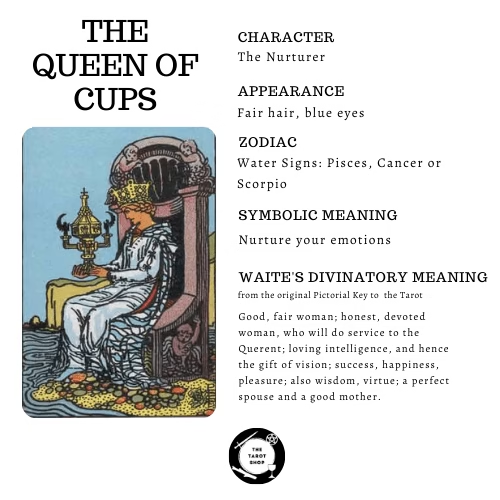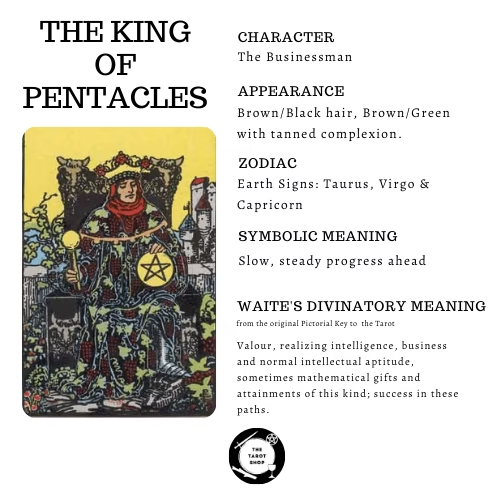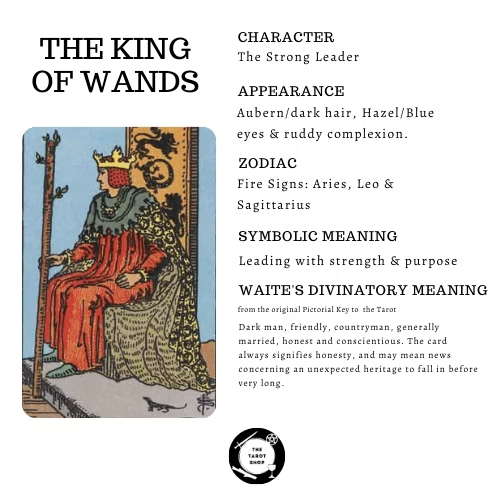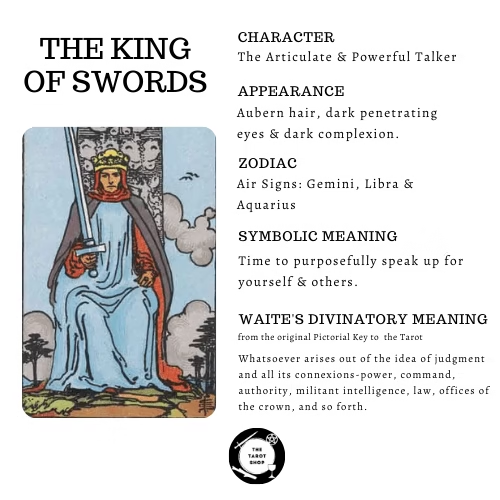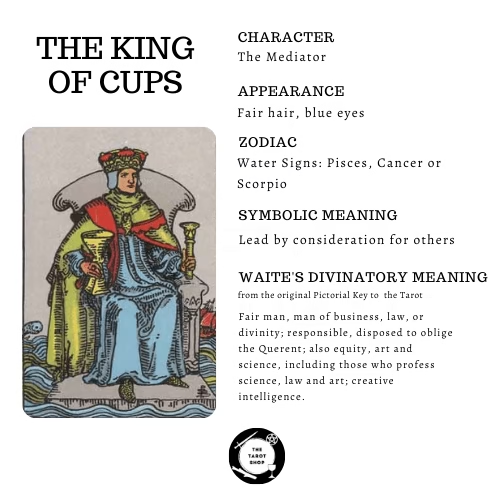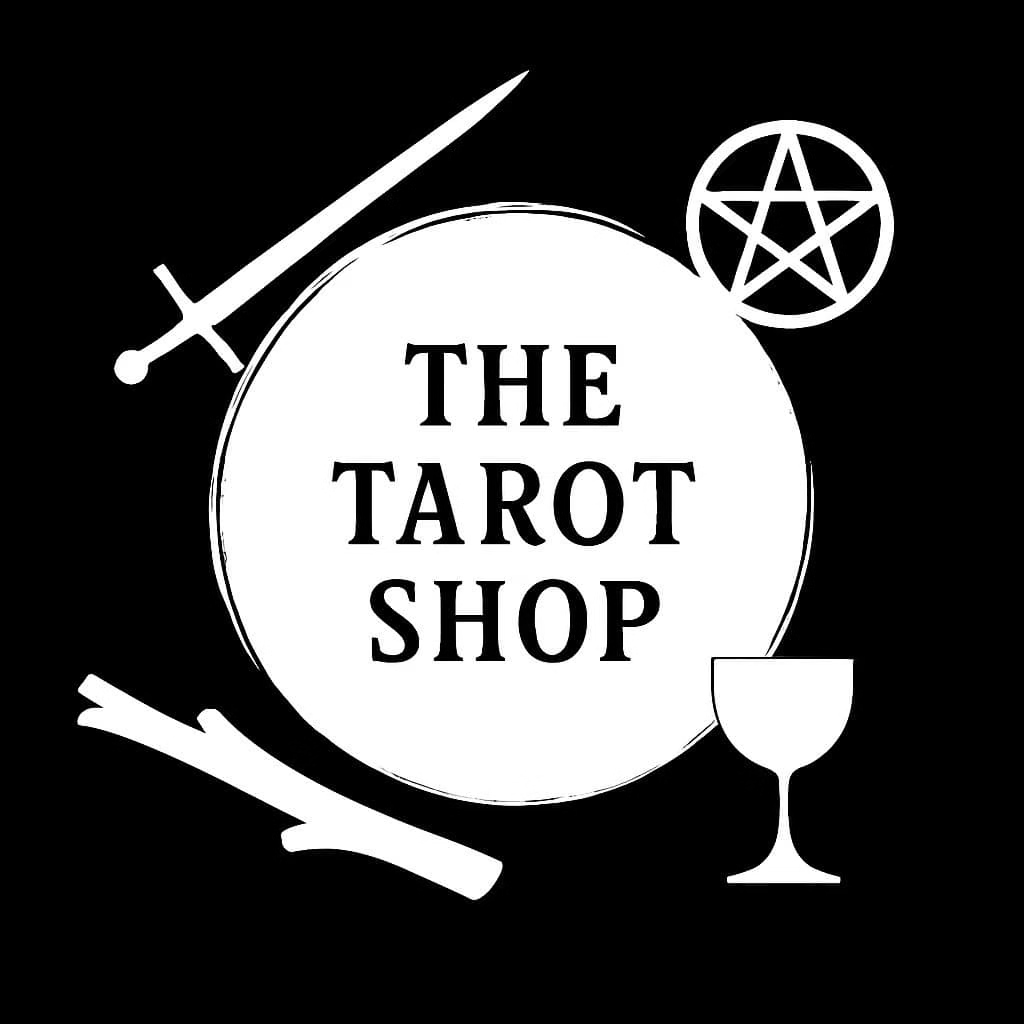What Are the Court Cards?
Whenever I talk about the Court Cards, I start with a confession: I almost wanted to remove them from the pack in my early days as a tarot reader. Honestly, they used to frustrate the living daylights out of me! I’d lay out a spread, and lo and behold — the King of Swords would pop up in the environment position. And I’d sit there thinking, who is this man? The father? The solicitor? The doctor? Their partner? It felt like stumbling around in the dark looking for clues.
So, I’d draw another card on top… and very often, I’d get another Court Card! Then I entered a phase (this is a bit embarrassing) where I would just ignore them completely and throw another card over the top as soon as they appeared. I was a beginner, after all — please don’t judge.
But my point is this: if you find the Court Cards confusing, especially in the context of a full reading, you’re not alone. On their own, they make sense. It’s when they show up mid-spread that things can get tricky. Some tarot professionals have no issue with this at all. I did — because I need things to be simple and clear.
Now, after many years of reading, I use them confidently. But when you’re starting out, I want to do you a huge favour and give you a simple method that really works.
So what are they, exactly?
Each Court Card generally represents a person in the querent’s life. But — and this is where it gets vague — they can also represent personality traits, moods, stages of development, or even aspects of the client themselves. See what I mean? A bit wishy-washy at first glance.
Now, of course, I respect that the Court Cards have an important place in the tarot. I don’t bat an eyelid when I see them anymore — but that’s only because I’ve had years of practice. And you will too.
Two ways to read them
Court Cards can be interpreted using either:
A symbolic system – which is what I use and recommend for beginners because it’s easy to recall
A zodiac system – which links each Court Card to astrological signs or elements (great if you love astrology)
Some readers use both systems depending on context, but for most beginners, that can feel like too much, too soon. So in this post, I’m going to show you both — starting with the traditional interpretations, followed by my personal cheat sheet below to make things easier.
Because once you’ve got a system that works for you, those mysterious Kings and Queens will stop being frustrating — and start being deeply insightful.
